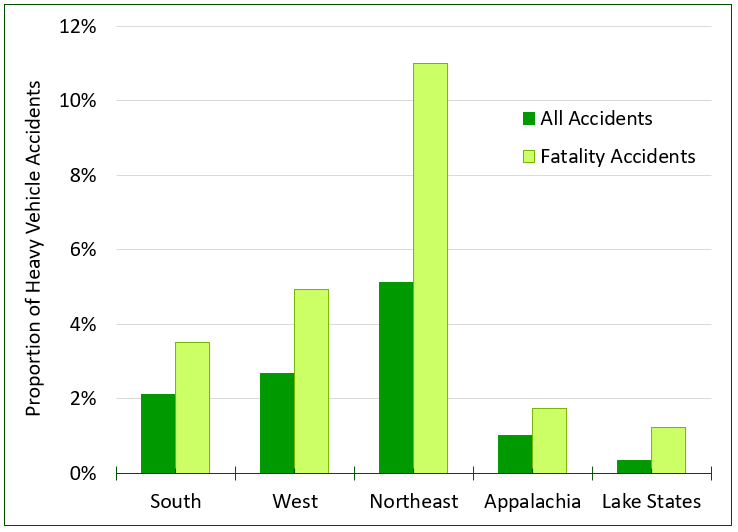I just lay there awake in the middle of the night
Thinking ’bout the wreck on the highway
– Bruce Springsteen “Wreck on the highway”
While driving on the interstate last week, I saw a fully-loaded car hauler that had been forced off the road into the median. Luckily the driver stopped the vehicle without flipping or re-entering the roadway, a major accomplishment in its own right. While the resultant traffic snarls caused headaches for my fellow drivers, it also got me thinking about how many car-hauler trucks we pass on the interstates. They are as visible a presence for the auto industry as log trucks are for the forest industry. Yet we rarely hear people bemoan the auto industry when a car hauler is involved in an accident. Perhaps that is the irony of driving past such an accident. That said, most of us drive home to wooden-framed houses when we pass an accident involving a log truck, and self-interests rarely spare the forest industry from critique. Let’s provide some context.
Depending on our assumptions, log trucks represent roughly 1% of vehicles regulated by the Federal Motor Carrier Safety Administration (FMCSA) in the U.S. Using back of the envelope math on the amount of wood we harvest, average haul distances, and payloads, log trucks represent 2.5-3.5 billion vehicle miles traveled per year, which is also about 1% of the U.S. total for large trucks. Averaging FMCSA crash statistics over the past five years, log trucks have been responsible for about 1% of the large truck accidents as well. So at a high level, accident rates for log trucks are roughly in line with other types of heavy trucks. However, log trucks have been responsible for 2% of large truck fatalities on average (Figure). On average, 2.5% of large truck accidents result in a fatality in the U.S. while fatalities occur in 4.5-5% of log truck accidents.

This brings me back to the car hauler accident on the interstate. Car haulers averaged a 2% fatality rate over the past five years, less than half that of log trucks. The forest industry continues to lobby for access to the interstate highway system with local gross vehicle weight tolerances. There is a real possibility that this will reduce the number of log truck accidents as fewer stop and starts, cross traffic, and school districts traversed by loaded log trucks should result in fewer chances for collisions. The visibility of high severity accidents could increase, though, and the industry should be aware of the risk that entails.
This is the fifth in a series related to the Q4 2018 Forisk Research Quarterly and Forisk’s annual “Wood Flows & Cash Flows” event on December 13th in Atlanta. This post includes an excerpt from the Q4 2018 Forisk Research Quarterly.

Leave a Reply